Mastering Furniture Care: Best Practices for Furniture Stain Removal
Chosen theme: Best Practices for Furniture Stain Removal. Learn smart, finish-safe techniques, quick-response habits, and real-world tips to lift stains without harming beloved pieces—so your furniture tells stories, not spills. Subscribe for ongoing stain-removal guides and practical checklists.
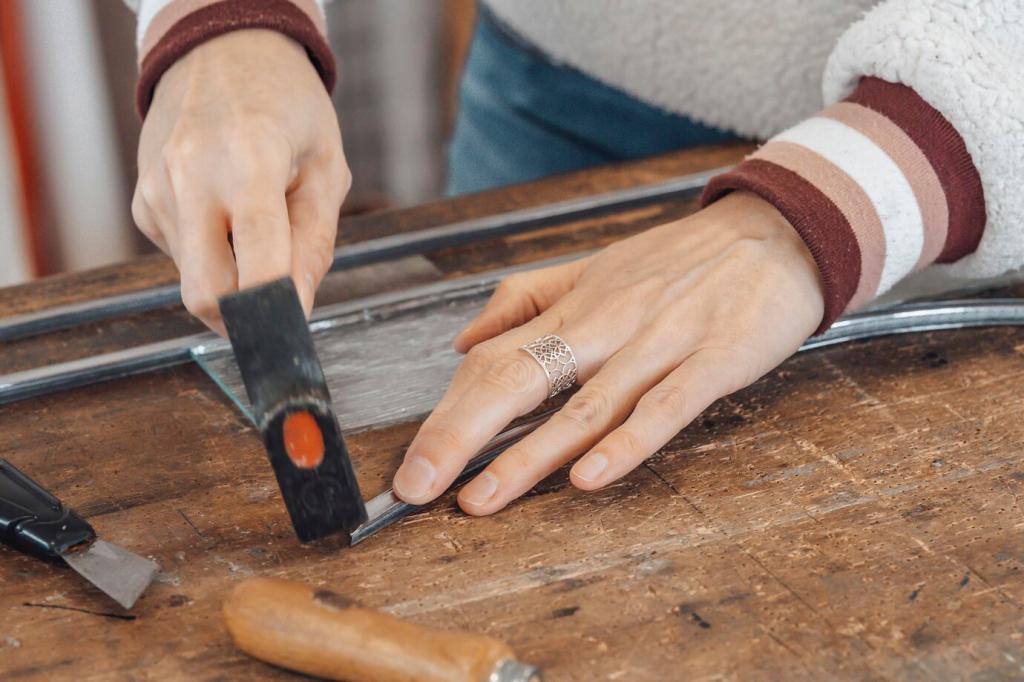
Know Your Finish Before You Treat
Choose a discreet spot and lightly rub with a cotton swab dampened with denatured alcohol. If it softens quickly, you may have shellac or lacquer; if nothing happens, it could be polyurethane. Document results, then select stain-removal chemistry accordingly.
Act Fast, But Not Rashly
Use clean, white, lint-free cloths to blot outward to inward, confining the stain. Rubbing grinds particles into pores, raises grain, and spreads pigments. Blotting extracts contaminants efficiently while preserving finish integrity and preventing those dreaded cloudy rings.
Act Fast, But Not Rashly
Remove solids with a plastic scraper, then lift liquids with layered towels. Apply a mild dish-soap solution for greasy films only after blotting. This first minute sets the tone: gentle triage now saves hours of correction later—and maybe a sentimental heirloom.
Act Fast, But Not Rashly
Even in a rush, test your cleaner on a hidden area. A thirty-second trial can reveal risks like dye lift, hazing, or finish softening. Tell us which finish you have, and we’ll suggest a rapid, safe test sequence you can trust.
Targeted Tactics by Stain Type
For pizza oil, lotion, or salad dressing, start with cornstarch to draw out lipids. After fifteen minutes, vacuum gently, then use a mild dish-soap solution. For stubborn spots, step up to mineral spirits on a swab, always testing first.
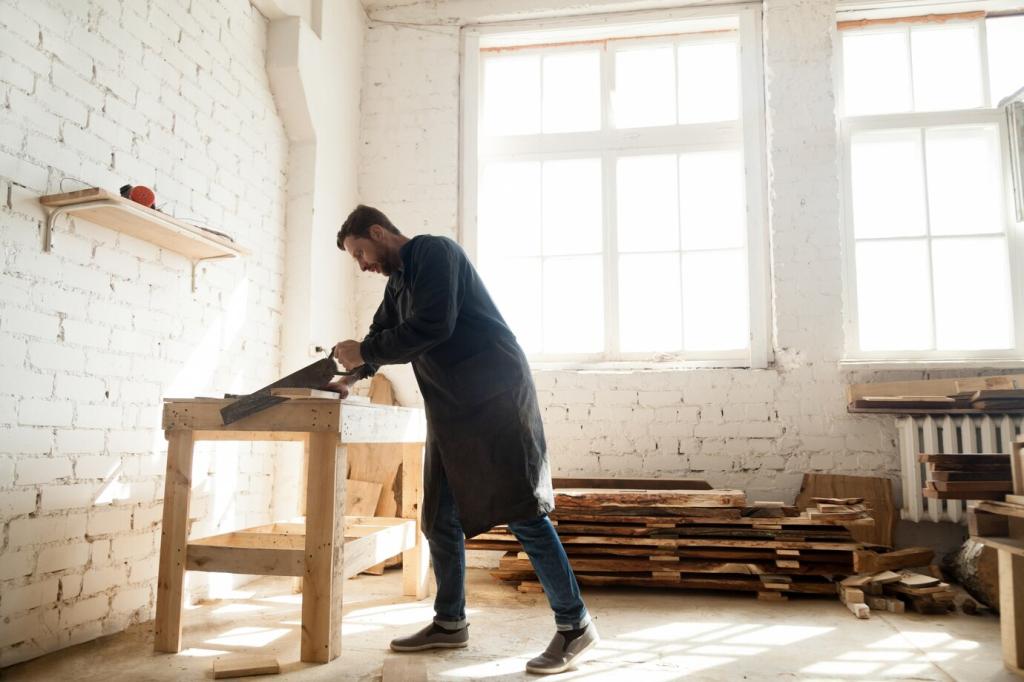
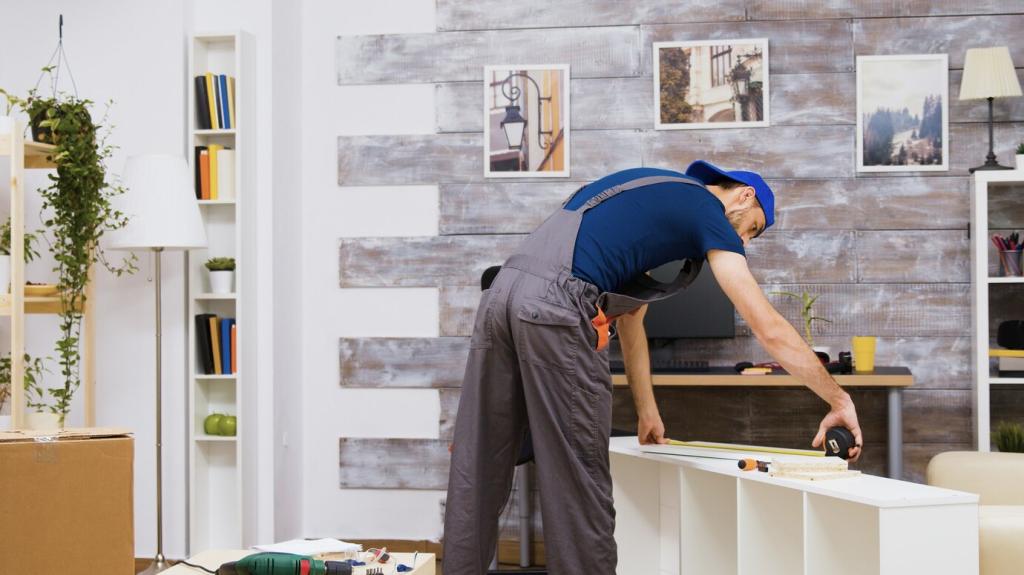
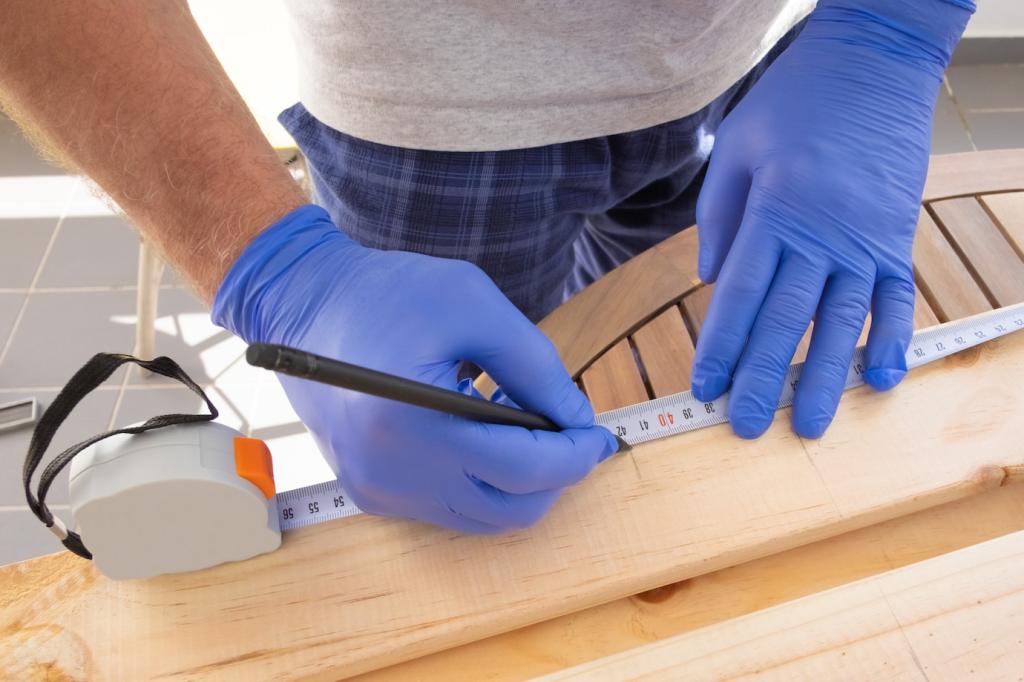
Water Rings, Heat Marks, and Cloudiness
White rings often indicate trapped moisture in the finish. Try a tiny dab of petroleum jelly or mayonnaise overnight to displace water, then buff gently. This old-school method saved my oak coffee table after a winter party—no sanding required.
Water Rings, Heat Marks, and Cloudiness
Place a cotton cloth over the mark and apply brief, low heat with an iron or hair dryer, checking every few seconds. The aim is gentle warmth to release moisture, not to soften finish. Patience wins; rushing risks imprints and shine changes.

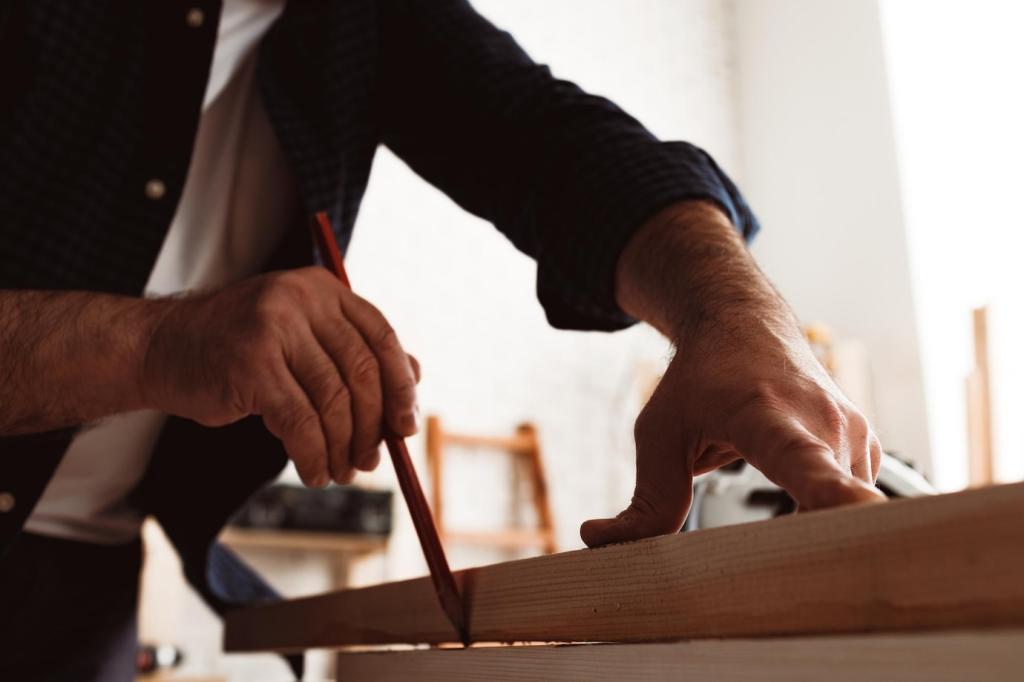
Wax Filler Sticks and Touch-Up Markers
Color-match carefully in natural light. Fill hairline scratches with a wax stick, level with a plastic card, then feather in a matching marker. A light buff blends sheen. Share a photo of your piece, and we’ll suggest a precise color pairing.
Reviving Tired Sheen
After cleaning, a thin coat of paste wax on compatible finishes restores glow and adds protection. Apply sparingly, cure, then buff with microfiber. Avoid silicone polishes, which complicate future repairs. Want a brand shortlist? Ask, and we’ll send our vetted picks.
When to Escalate
If color lift, veneer swelling, or deep stains persist, stop before damage spreads. Document steps taken, lighting conditions, and products used. Post your notes in the comments, and we’ll advise whether to refinish, spot-tone, or call a restoration pro.
Prevent the Next Stain
Daily Defenses
Use coasters, heat pads, and breathable table runners. Wipe spills immediately with a dry cloth, then a damp one, then dry again. Keep a small stain kit—white cloths, swabs, mild soap—nearby. Tell us what’s in your kit; we’ll suggest upgrades.
Seasonal Checkups
Maintain indoor humidity around 35–50% to limit cracks and lifted veneers that invite moisture. Inspect high-traffic surfaces quarterly, and refresh wax where appropriate. Subscribe for our seasonal reminder series and printable inspection checklist tailored to family life.
Teach the Household
Share the blot-don’t-rub rule with kids and guests. Label a clearly visible coaster basket and keep napkins within reach. Make stain response a team habit, so furniture care feels natural, not stressful. What tip finally worked for your household? Comment and inspire others.
